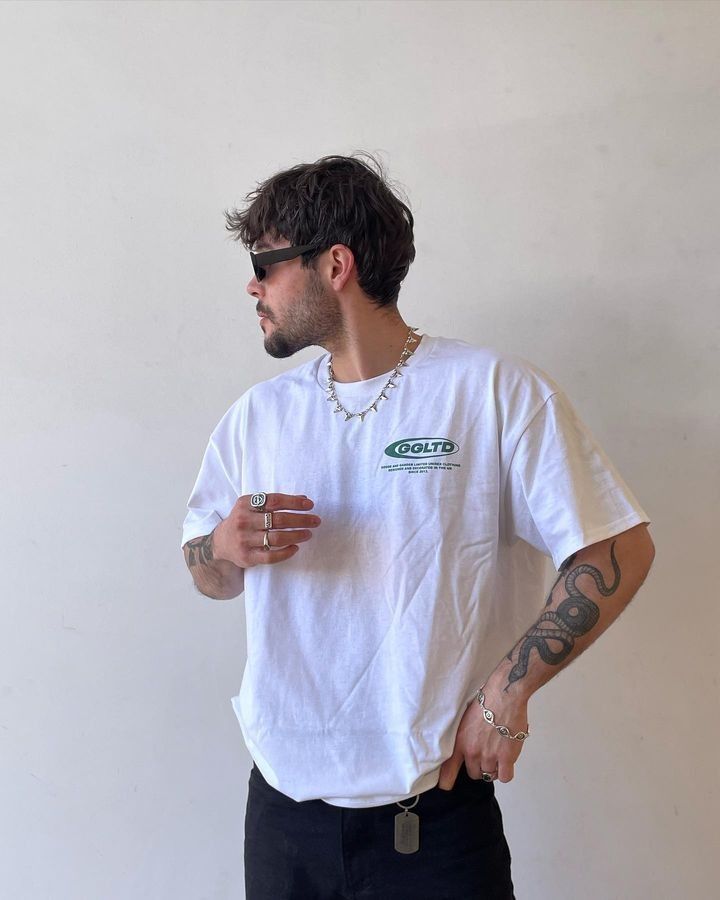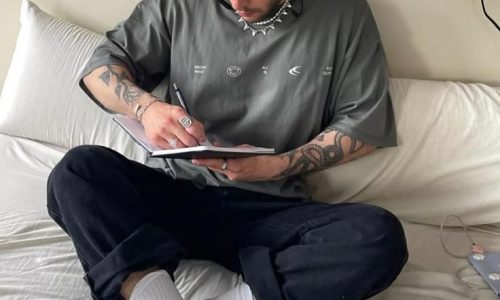
Future of Fashion 2025: Top Trends Defining the Next Era of Style
Introduction
As we move deeper into a world shaped by technology, sustainability, and evolving human values, the fashion industry finds itself at a thrilling crossroads. The year 2025 is poised to bring transformative shifts, reflecting not only innovation in design and material use but also a significant redefinition of how we perceive clothing. From digital runways to climate-adaptive wear, the landscape of style is being reshaped by the forces of change, creativity, and conscious consumption.
Digital Integration Becomes the New Norm
The digital revolution is no longer just a buzzword in fashion; it has become an integral part of the industry’s core. By 2025, virtual fashion shows, digital fitting rooms, and AI-generated clothing lines are commonplace. Designers now leverage 3D modeling software to create hyper-realistic prototypes, significantly reducing waste and accelerating the creative process. These tools also allow brands to present collections in virtual spaces, giving global audiences immediate access to runway presentations without geographic limitations. Augmented reality features embedded into mobile apps now allow consumers to try on garments digitally, making online shopping more interactive and reliable than ever before.
Sustainable Innovation Transforms Fabrication
Sustainability is no longer an option—it’s a necessity. The future of fashion is deeply rooted in eco-conscious decisions. Emerging technologies like lab-grown leather, biodegradable textiles, and closed-loop recycling systems are leading the charge. Designers are now prioritizing plant-based dyes, renewable energy in production facilities, and zero-waste pattern cutting. Brands are also embracing circular fashion systems, wherein used garments are returned, refurbished, or remade into entirely new items. Transparency has become a key selling point; consumers want to know where their clothes come from, how they’re made, and the impact they leave behind.
Personalization at Scale
Customization is reaching new heights in 2025, thanks to advancements in artificial intelligence and data analytics. Clothing is no longer produced solely in standard sizes; instead, AI-driven platforms analyze customer preferences, measurements, and purchase history to craft uniquely tailored pieces. Whether it’s selecting the fabric texture, sleeve length, or neckline style, consumers now have unprecedented control over their wardrobe. This level of personalization fosters stronger emotional connections with clothing, promoting longevity and reducing overconsumption.
Gender-Neutral and Inclusive Designs Rise
Fashion in 2025 is no longer confined to traditional gender binaries. Designers are creating collections that defy categorization, focusing instead on form, function, and fluidity. Inclusivity extends beyond gender to encompass body types, ages, and abilities. Adaptive clothing for people with disabilities is not just a niche category—it’s mainstream. Brands are rethinking fit models, advertising imagery, and product lines to reflect a broader, more diverse audience. The idea is simple: fashion should serve everyone, not just a select few.
Technological Textiles Lead Functionality
Material science is transforming garments into tools for health, performance, and communication. In 2025, fabrics embedded with sensors track biometric data, adjust temperature, and even change color based on mood or environment. From smart athleisure to self-healing outerwear, these innovations offer practical benefits while enhancing style. Some garments now incorporate solar panels to charge devices, while others feature anti-viral coatings, making them ideal for post-pandemic lifestyles. Clothing has transcended aesthetics; it’s now wearable technology.
Cultural Narratives Influence Aesthetics
Fashion in 2025 draws heavily from global cultural expressions, weaving stories through embroidery, silhouette, and color palette. As consumers become more informed and socially aware, they gravitate toward pieces that carry meaning. This shift has elevated artisanship and heritage techniques, bringing ancient crafts into contemporary contexts. Designers collaborate with indigenous communities to co-create garments that are not only visually stunning but also culturally respectful and economically empowering. This cultural connectivity fosters a richer, more textured fashion narrative.
Circular Economy Reshapes Retail
The traditional linear model of fashion—produce, consume, dispose—is being replaced by a circular economy focused on reuse and regeneration. Rental fashion platforms, resale marketplaces, and upcycling initiatives are booming in 2025. Consumers are no longer shy about wearing pre-loved garments; instead, it’s become a badge of honor to support second-hand and sustainable fashion. Major retailers now offer in-store recycling bins, digital clothing passports, and trade-in incentives, actively engaging shoppers in the lifecycle of their garments. This systemic change is making fashion more sustainable, affordable, and ethical.
Emotional Durability Gains Value
In an era dominated by fast fashion, emotional durability is making a strong comeback. Clothing in 2025 is designed to foster emotional attachment—through storytelling, craftsmanship, or bespoke elements. This emotional connection encourages people to care for, repair, and retain their garments longer. Brands are using narrative-driven marketing, artisanal detailing, and limited edition collections to foster a sense of identity and ownership among consumers. The goal is to create clothing that resonates on a personal level, reducing waste through emotional investment.
Biodesign Pioneers a New Era
Biodesign, which merges biology with design, is pushing fashion into uncharted territories. From algae-based shoes to bacterial-dyed jackets, the industry is experimenting with living organisms to create sustainable and innovative materials. These breakthroughs not only reduce environmental harm but also introduce unique aesthetic qualities that cannot be replicated by synthetic processes. Designers are working closely with scientists to grow fabrics in labs, engineer textures through DNA modification, and develop garments that evolve with the wearer. It’s a revolutionary blend of science and style.
Conclusion
The fashion industry in 2025 is more than just an evolution of style—it’s a transformation of ethos. Fueled by innovation, grounded in sustainability, and driven by inclusivity, the future of fashion represents a harmonious blend of creativity and responsibility. Designers, brands, and consumers are rewriting the rules together, forging a path toward a more thoughtful, expressive, and resilient industry. As we look ahead, one thing is clear: fashion is no longer just about what we wear—it’s about who we are, what we value, and the world we wish to build.


